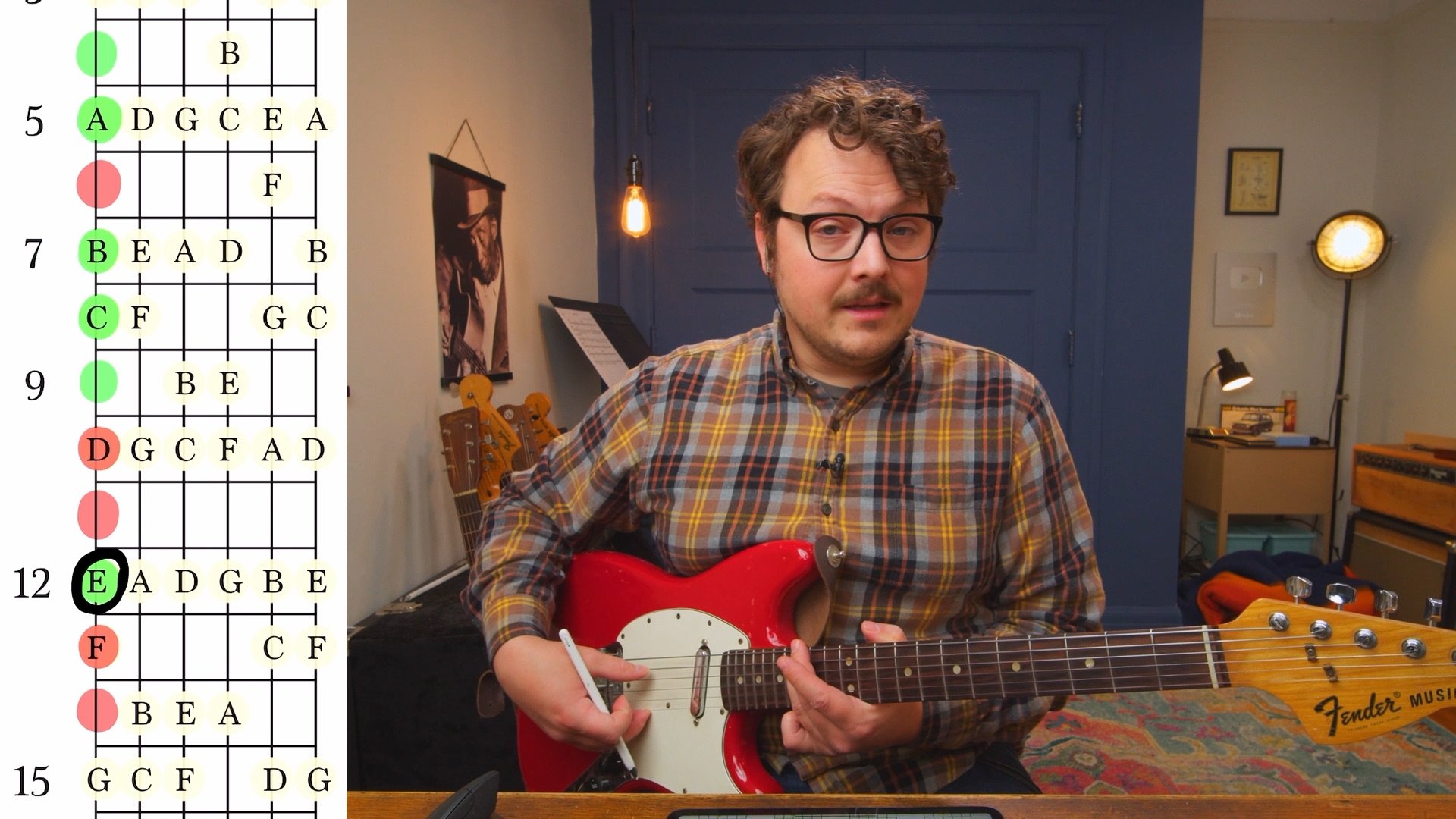Write a Minor i - III - VI - V progression
This is a classic progression. You can hear it in a lot of songs. Here are a few:
Crazy by Gnarls Barkley (Cm - Eb - Ab - G)
If You Want Me to Stay by Sly and Sly and the Family Stone (wait for the song to get going, you'll hear it) (it's not tuned to A440, but if it were the chords would be Bbm - Db - Gb - F)
Here are the rules for this challenge:
1. Use this progression, in order, in one section of your song.
2. Whatever you write has to be written after reading this post.
The first rule means you can't play i III V VI or III i VI V instead, it's gotta be those four chords in order! However, if you wanted to write something that went something like:
i III VI V
i III IV IV
that would be ok! As long as you're including one complete set of i III VI V
For those of you who might be new, let me do a little breakdown of these roman numerals:
Lets take the key of E Minor
Scale first: E F# G A B C D E
If you remember the order of chords in a minor key, it's minor dim maj min min maj maj so:
I = Em
ii° = F#°
III = G
iv = Am
v = Bm
VI = C
VII = D
These are the chords in E Natural Minor, but the chord progression we're using for this challenge has a Major V chord (you can tell because it's UPPERCASE)
Major V chord means we're in harmonic minor territory. So the scale gets the option of a #7 and while that can have an effect on other chords in the key, the main chord effected is the V chord.
So now, instead of Bm = v, we've got B = V, and since it's the V chord, we can make it a dom7 so B7 = V7
The basic triad version of this progression is: Em(i) G(III) C(VI) B(V)
If you want to add 7's to each chord it's: Em7 Gmaj7 Cmaj7 B7
If you need a refresher on this stuff, check out Music Theory Monday's first few lessons.
Your creation can be the equivalent of a scribble on a napkin, something you did quickly and recorded on your phone, or a full song. As long as you follow the rules, your creation can be as sloppy an hastily recorded as you like. Perfection is not necessary. You could even just pick a key and play this chord progression to make sure you understand the assignment. But if you want to write a full song, you're more than welcome to do so!
Read More

















